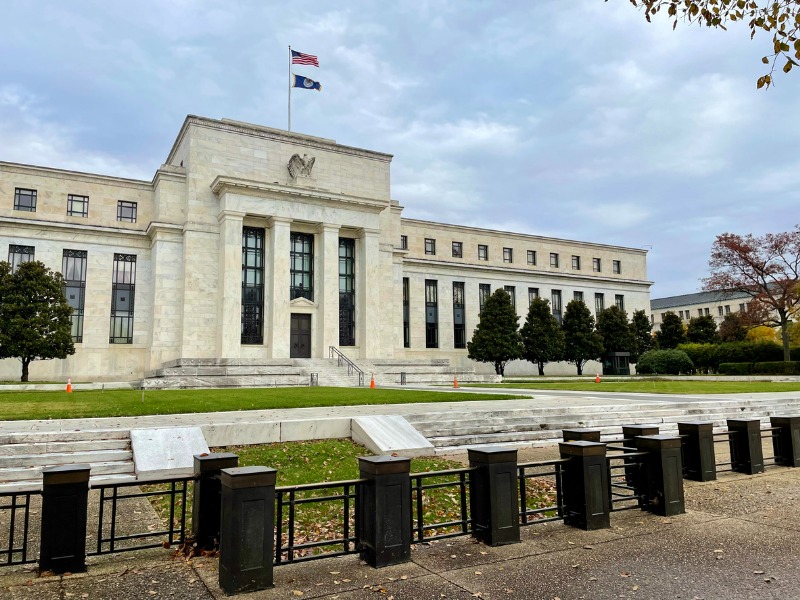
The prospect of regulatory action to toughen capital and liquidity requirements for U.S. banks would benefit creditors and depositors alike, Fitch Ratings says.
In the wake of recent turmoil in the U.S. banking sector, the U.S. Federal Reserve Board may use its supervisory powers to set additional capital and liquidity requirements on certain banks, as European regulators have.
For instance, the Fed recently indicated it may selectively impose limits on certain banks’ capital distributions or incentive compensation, a Fitch report noted.
“Higher capital or liquidity requirements under a Pillar 2-style supervision review and evaluation process would be a meaningful change for U.S. banks,” Fitch said. The report added that, in Europe, these requirements apply on top of capital buffers required by stress testing to address concerns about banks’ risk controls or leverage exposures.
While the Fed could increase capital requirements by revising the capital rules, this would need to go through the typical rulemaking process and could take several years. Using the Fed’s supervisory powers to demand larger capital positions would be immediately relevant, Fitch said.
“More stringent enforcement of existing regulation and risk management standards is also important, with regulators exercising the authority to selectively apply regulation to specific institutions when necessary,” it said.
Additionally, increased market scrutiny of banks’ interest rate risk, and liquidity and funding risk management, “will likely drive behavioural changes that will better serve creditors’ interests,” Fitch noted.